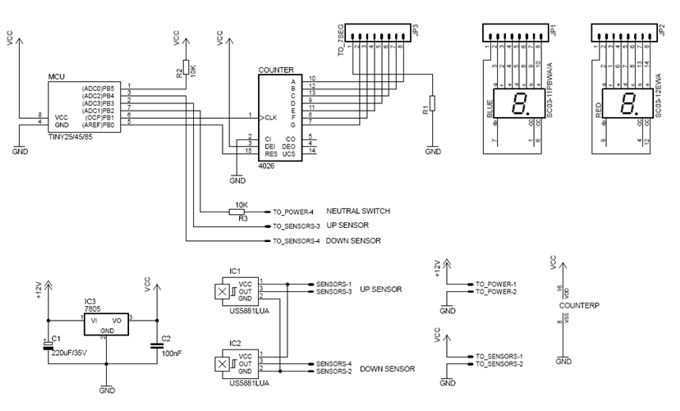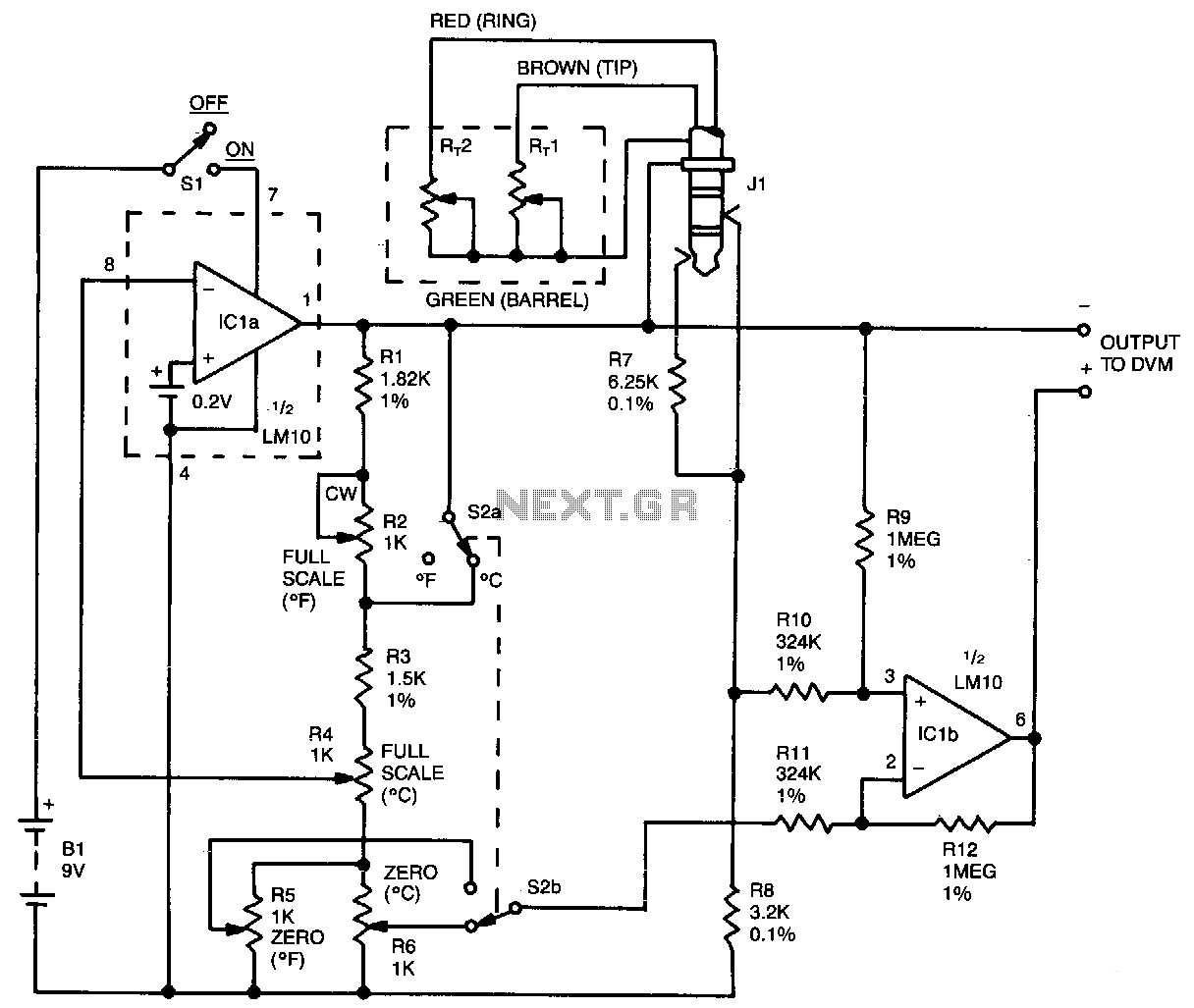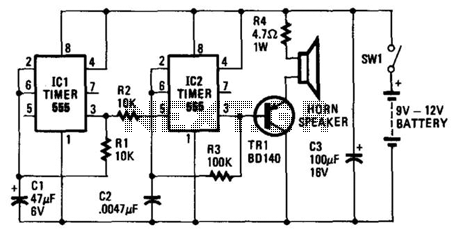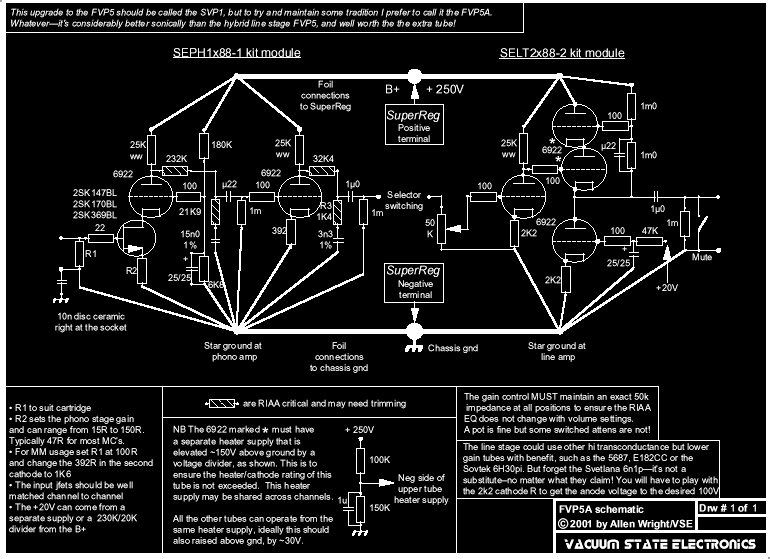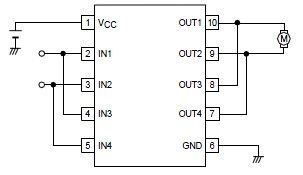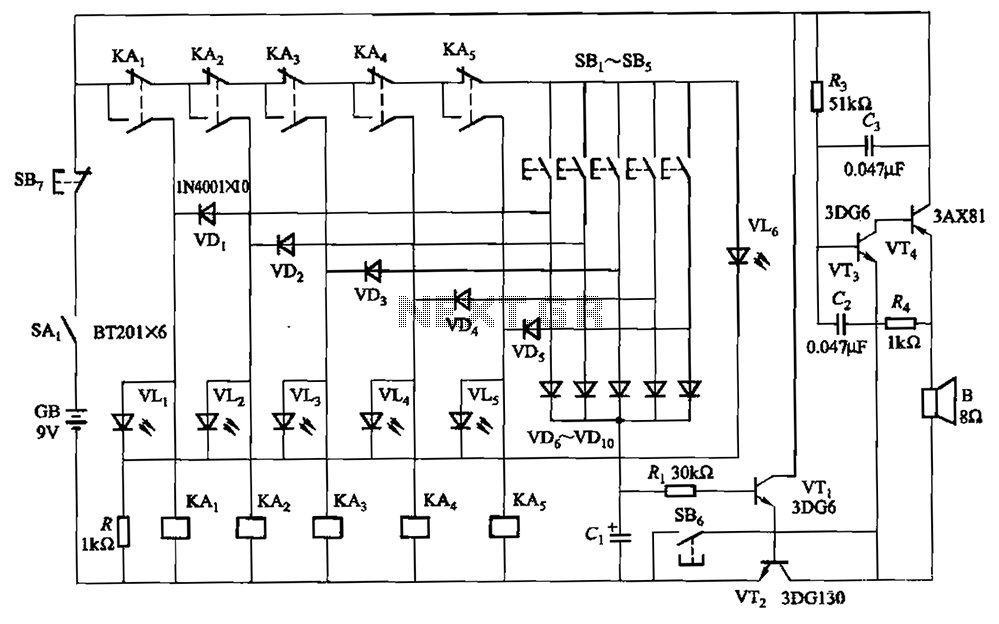
Electronic Torricelli Barometer
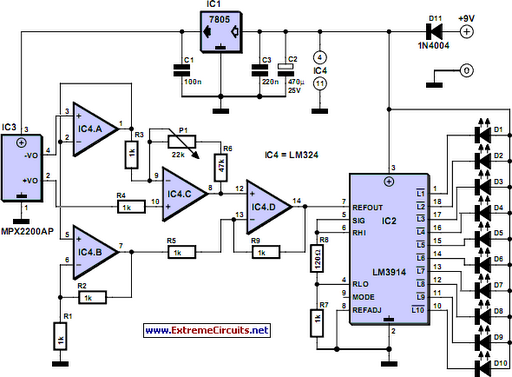
While it may lack the aesthetic appeal of traditional mercury barometers featuring elongated glass tubes mounted on intricately carved wood, the Torricelli barometer presented here serves as a functional equivalent and an electronic representation of the original Torricelli barometer. Instead of displaying atmospheric pressure on conventional digital screens, this design aims to replicate the overall appearance of its esteemed predecessor. The mercury tube has been substituted with a simple LED scale, which, although not as visually striking, poses a lower environmental risk in the event of breakage. The pressure sensor employed is the Motorola MPX2200AP, which is specifically designed for measuring absolute pressure and is well-suited for atmospheric pressure applications. These sensors provide an output voltage that is proportional not only to the measured pressure but also to the supply voltage, necessitating a stable power source, which is achieved through the use of IC1. Given that the output from the MPX2200 is differential and at a very low level, four operational amplifiers (IC4.A to IC4.D) contained within a single LM324 are utilized to amplify the signal to a more manageable level. With proper adjustment of the potentiometer P1, this arrangement of operational amplifiers produces a voltage of 1 volt per atmospheric pressure of 1,000 hPa, which is then fed into the LM3914. The atmospheric pressure typically ranges from 950 to 1040 hPa at sea level, necessitating the design of an expanded-scale voltmeter using the LM3914 to optimally utilize the 10 LEDs it can control. Resistors R7 and R8 serve to artificially elevate the minimum voltage value that the chip can measure, allowing for calibration of the LED scale to indicate one LED per 10 hPa, thus achieving a measurement range from 950 hPa to 1040 hPa. It is generally unnecessary to exceed these limits. The circuit can be powered by a 9-volt battery for occasional use; however, for regular operation, it is advisable to utilize a mains adapter providing approximately 9 volts. Calibration involves adjusting potentiometer P1 to illuminate the LED corresponding to the current atmospheric pressure at the location, which can be verified against an existing barometer or by contacting a nearby weather station for accurate information. This invention is attributed to Evangelista Torricelli (1608-1647), an Italian physician who demonstrated the existence of atmospheric pressure and created the mercury barometer.
The electronic Torricelli barometer circuit is designed to accurately measure atmospheric pressure and display it using an LED scale. The heart of the system is the Motorola MPX2200AP pressure sensor, which converts the physical pressure into a corresponding voltage output. This sensor operates on the principle of differential pressure measurement, making it suitable for atmospheric conditions.
To ensure accurate readings, the circuit includes a voltage regulation component (IC1), which stabilizes the supply voltage, thus preventing fluctuations that could affect the sensor's output. The low-level differential output from the MPX2200 is amplified using four operational amplifiers within an LM324 IC. These amplifiers are configured to provide sufficient gain to ensure that the output voltage is compatible with the input requirements of the LM3914 LED driver.
The LM3914 is a versatile LED bar graph driver that can control a series of LEDs to visually represent the input voltage. By leveraging resistors R7 and R8, the circuit expands the measurement range, allowing for a more granular display of atmospheric pressure changes. The use of a potentiometer (P1) for calibration enables the user to align the LED display with the actual atmospheric pressure, ensuring that the readings are both accurate and reliable.
The design also accounts for environmental considerations by replacing the toxic mercury with a safer LED display, contributing to a more sustainable approach to pressure measurement. The overall circuit design is compact and efficient, making it suitable for both hobbyist and professional applications in meteorology and environmental monitoring.Although it does not have the same charm as real mercury barometers with long glass tubes on pieces of carved and polished wood, the Torricelli barometer discussed here is a functional equivalent and electronic replica of the Torricelli barometer. Actually, rather than displaying the atmospheric pressure on the traditional digital displays, we pre
ferred to reproduce the general look of this respected predecessor of electronic barometers. The mercury tube is, of course, replaced by a simple LED scale which, if not as beautiful, is still less toxic for the environment in case of breakage. As indicated on the drawing, the pressure sensor utilized is a Motorola MPX2200AP. This circuit is adapted for measuring absolute pressure and has a range well suited for atmospheric pressure.
Without entering too deep into the technical details, such sensors deliver an output of voltage proportional not only to the measured pressure but, unfortunately, to their supply voltage as well. Hence they must be powered from a stable voltage which is ensured here by the use of IC1. Since the output of the MPX2200 is differential and at a very low level, we had to resort to the use of four operational amplifiers IC4.
A to IC4. D, contained in one LM324, to obtain levels that can be processed easily. As long as potentiometer P1 is adjusted correctly, this group of operational amplifiers delivers a voltage of 1 volt per atmospheric pressure of 1, 000 hPa to the LM3914. Since the atmospheric pressure will be within the range 950 to 1040 hPa at sea level, we need to make an expanded-scale voltmeter with this LM3914 in order to better exploit the 10 LEDs that it can control.
That is the role of resistors R7 and R8 which artificially raise the minimum voltage value the chip is capable of measuring. Consequently, we can calibrate` our LED scale with one LED per 10 hPa and thus benefit from a measurement range which extends from 950 hPa to 1040 hPa.
In principle, you should not have a need to go beyond that in either direction. The circuit may be conveniently powered from a 9-volt battery but only if used very occasionally. Since this is usually not the case for a barometer, we advise you to use a mains adaptor instead supplying approximately 9 volts. Calibration basically entails adjusting the potentiometer P1 to light the LED corresponding to the atmospheric pressure of your location at the time.
Compare with an existing barometer or, even better, telephone the closest weather station. They will be happy to give you the information. After Evangelista Torricelli, 1608-1647, Italian physician who proved the existence of atmospheric pressure and invented the mercury barometer. 🔗 External reference
The electronic Torricelli barometer circuit is designed to accurately measure atmospheric pressure and display it using an LED scale. The heart of the system is the Motorola MPX2200AP pressure sensor, which converts the physical pressure into a corresponding voltage output. This sensor operates on the principle of differential pressure measurement, making it suitable for atmospheric conditions.
To ensure accurate readings, the circuit includes a voltage regulation component (IC1), which stabilizes the supply voltage, thus preventing fluctuations that could affect the sensor's output. The low-level differential output from the MPX2200 is amplified using four operational amplifiers within an LM324 IC. These amplifiers are configured to provide sufficient gain to ensure that the output voltage is compatible with the input requirements of the LM3914 LED driver.
The LM3914 is a versatile LED bar graph driver that can control a series of LEDs to visually represent the input voltage. By leveraging resistors R7 and R8, the circuit expands the measurement range, allowing for a more granular display of atmospheric pressure changes. The use of a potentiometer (P1) for calibration enables the user to align the LED display with the actual atmospheric pressure, ensuring that the readings are both accurate and reliable.
The design also accounts for environmental considerations by replacing the toxic mercury with a safer LED display, contributing to a more sustainable approach to pressure measurement. The overall circuit design is compact and efficient, making it suitable for both hobbyist and professional applications in meteorology and environmental monitoring.Although it does not have the same charm as real mercury barometers with long glass tubes on pieces of carved and polished wood, the Torricelli barometer discussed here is a functional equivalent and electronic replica of the Torricelli barometer. Actually, rather than displaying the atmospheric pressure on the traditional digital displays, we pre
ferred to reproduce the general look of this respected predecessor of electronic barometers. The mercury tube is, of course, replaced by a simple LED scale which, if not as beautiful, is still less toxic for the environment in case of breakage. As indicated on the drawing, the pressure sensor utilized is a Motorola MPX2200AP. This circuit is adapted for measuring absolute pressure and has a range well suited for atmospheric pressure.
Without entering too deep into the technical details, such sensors deliver an output of voltage proportional not only to the measured pressure but, unfortunately, to their supply voltage as well. Hence they must be powered from a stable voltage which is ensured here by the use of IC1. Since the output of the MPX2200 is differential and at a very low level, we had to resort to the use of four operational amplifiers IC4.
A to IC4. D, contained in one LM324, to obtain levels that can be processed easily. As long as potentiometer P1 is adjusted correctly, this group of operational amplifiers delivers a voltage of 1 volt per atmospheric pressure of 1, 000 hPa to the LM3914. Since the atmospheric pressure will be within the range 950 to 1040 hPa at sea level, we need to make an expanded-scale voltmeter with this LM3914 in order to better exploit the 10 LEDs that it can control.
That is the role of resistors R7 and R8 which artificially raise the minimum voltage value the chip is capable of measuring. Consequently, we can calibrate` our LED scale with one LED per 10 hPa and thus benefit from a measurement range which extends from 950 hPa to 1040 hPa.
In principle, you should not have a need to go beyond that in either direction. The circuit may be conveniently powered from a 9-volt battery but only if used very occasionally. Since this is usually not the case for a barometer, we advise you to use a mains adaptor instead supplying approximately 9 volts. Calibration basically entails adjusting the potentiometer P1 to light the LED corresponding to the atmospheric pressure of your location at the time.
Compare with an existing barometer or, even better, telephone the closest weather station. They will be happy to give you the information. After Evangelista Torricelli, 1608-1647, Italian physician who proved the existence of atmospheric pressure and invented the mercury barometer. 🔗 External reference
